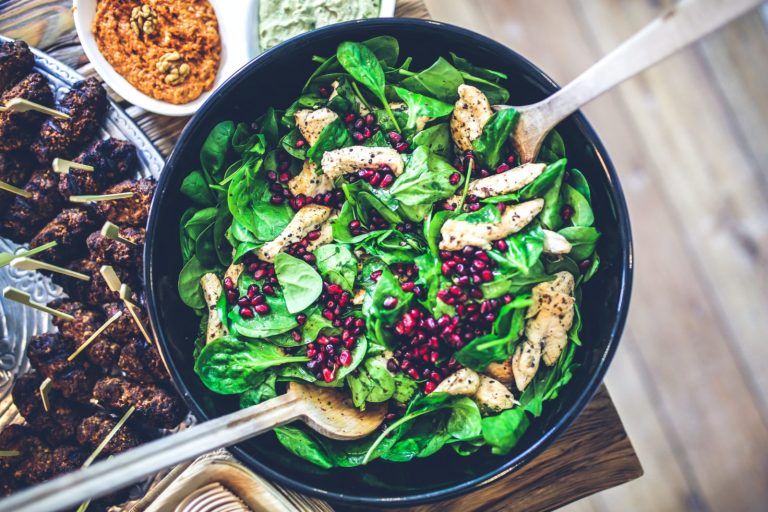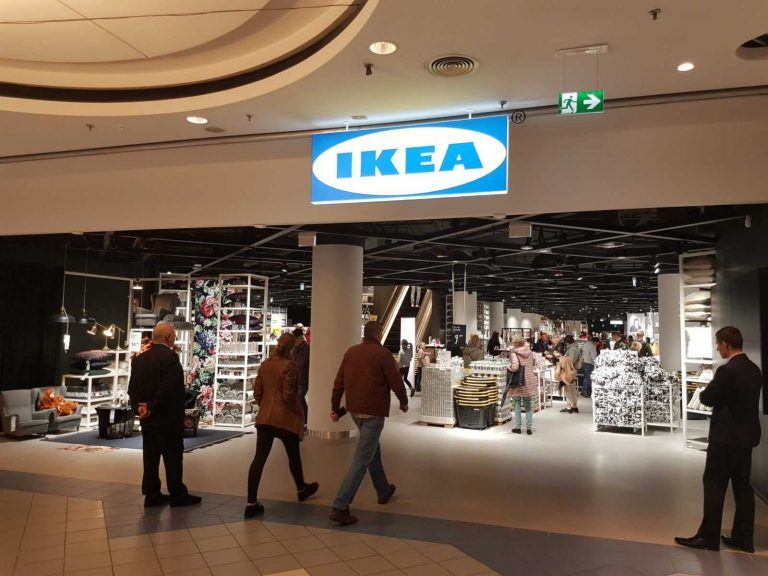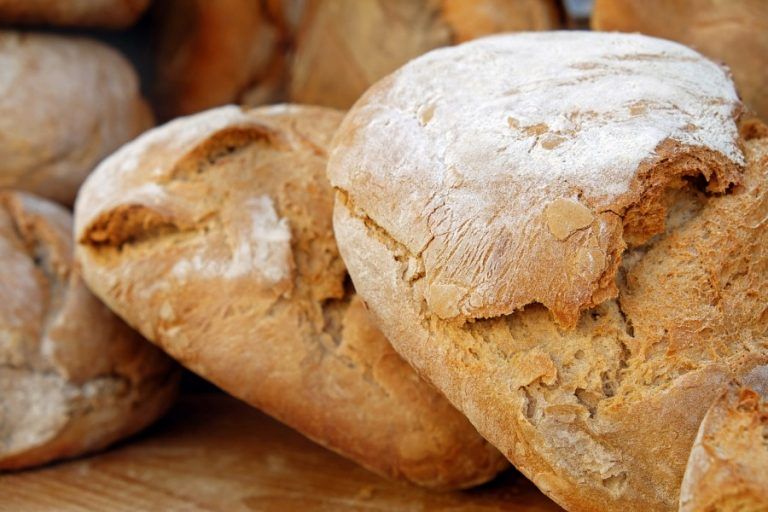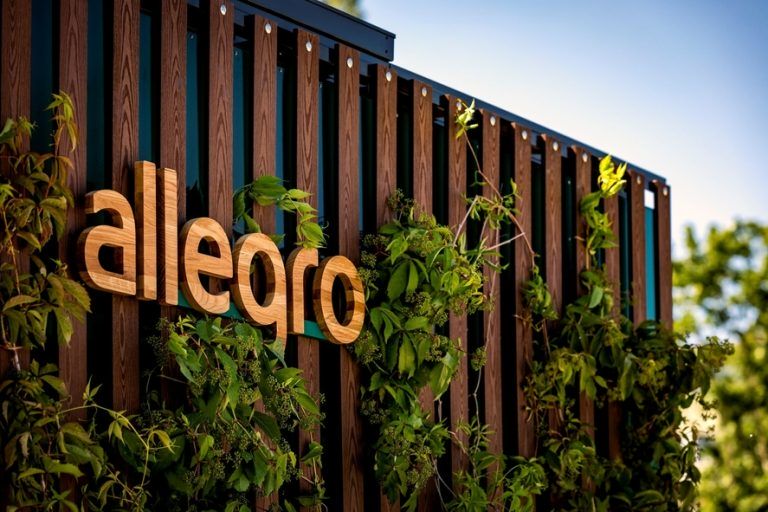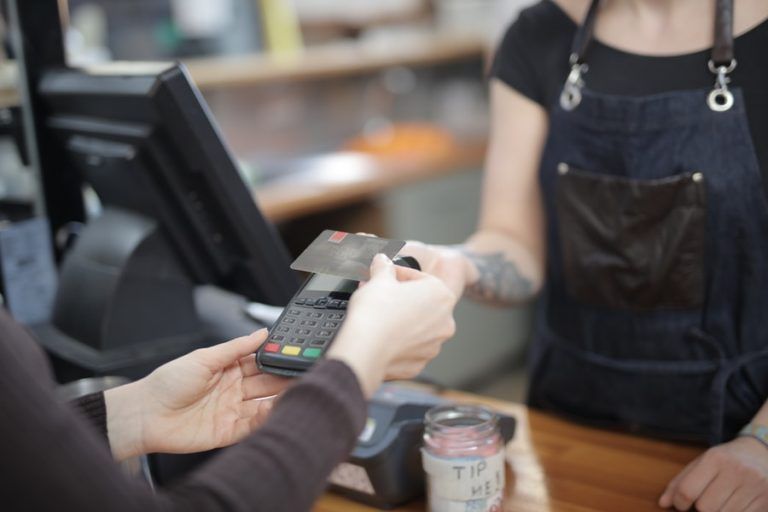PMR: Trends on the HoReCa market in 2020
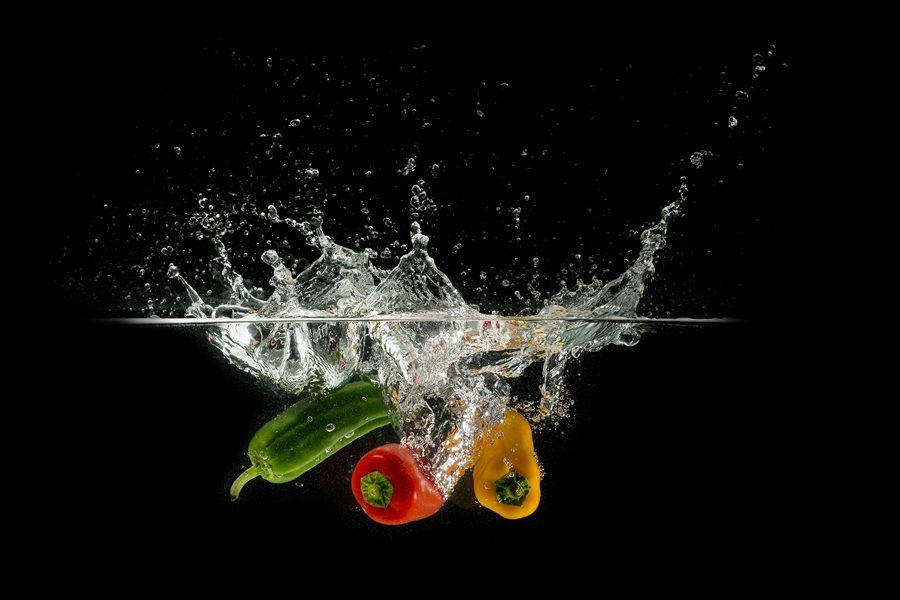
Wpis dostępny jest także w języku:
![]() polski
polski
The coronavirus pandemic was the defining event of 2020 for all corners of the economy, but few sectors were hit as badly as HoReCa. Dine-in service banned for a total of more than four months, restrictions on seating capacity in place for much of the rest of the year, lack of foreign tourists, reduced domestic travel and mobility, customers worried about catching the virus and about finances… Some of the country’s hospitality businesses had to close for good, most others were forced to re-think their plans and strategies, and to experiment with new ideas and solutions. Below we discuss key developments and trends that shaped this extraordinary year in Polish HoReCa.
Unprecedented restrictions and uncertainty
The HoReCa market in Poland was in the midst of a boom when the shock of Covid-19 came. It grew by more than 6% in 2019, to PLN 32.7bn (€7.2bn), according to PMR data, and was poised for another good year. The outbreak of the pandemic in March changed everything, plunging the sector into a totally new reality.
As part of sweeping restrictions on economic and social life designed to contain the spread of the virus, the government ordered all gastronomic outlets to close except for takeout and delivery. For venues reliant on dine-in guests, this effectively meant shutting down for business. The country’s largest coffee chains, for example – Starbucks, Costa Coffee, Etno Café, or Green Caffe Nero – suspended all activities for weeks. So did upscale restaurants and drink bars. Only outlets that entered the lockdown with substantial delivery operations fared somewhat better. When the original ban on in-person dining was lifted in late May, restaurateurs had to implement costly sanitary protocols to make them Covid safe, including reduced seating capacity. Customers began to return, but traffic remained well below normal during the summer.
And when the second wave of the pandemic hit Poland in the autumn, the government moved to tighten restrictions on the sector again, starting with limits on diner numbers and shorter opening hours in Covid hotspots, and culminating in another country-wide ban on dine-in, which came into force on 24 October and remained in place until the end of the year. (It still is, at the time of writing.)
What made things even more difficult for the sector was that the government implemented decisions affecting it at a very short notice. (Its support measures, meanwhile, were widely regarded as an instance of too little, too late.) The level of uncertainty that HoReCa firms in Poland endured in 2020 was unlike anything they had had to contend with before.
Delivery gets boost
The pandemic accelerated the growth of delivery – both in terms of customer demand and adoption by restaurateurs. It allowed companies to at least partly compensate for the closure of on-premise dining. Some already had a substantial delivery channel presence when Covid-19 struck; many others were forced to develop it quickly. They built their own digital storefronts and delivery capabilities, or used third-party services, listing on the aggregator platforms or working with specialty courier companies.
The number of restaurants listed on Uber Eats jumped by 188% in the first nine months of 2020, and the app launched in 18 new cities.
Meanwhile, a coalition of local restaurants created Knajp.pl, an online platform and delivery system that allows them to bypass the apps and their high commissions.
Stava, which handles the logistics of delivery for restaurants but does not have a consumer-facing app, grew the number of its branches from 23 to 39, and its systemwide sales by 75%.
More dark kitchens and virtual brands
Closely related to the growth of delivery, 2020 saw an acceleration of the trend for restaurateurs to open “dark kitchens” that produce meals for the delivery market, and to launch virtual, delivery-only brands.
AmRest, North Food, and IKEA are prominent examples of players who invested in dark kitchens. Krowarzywa, the leading vegan chain, said it would open one as part of a major push into the densely populated Slaskie market.
AmRest also stepped up its investment in virtual brands in 2020, adding Moya Misa Ramen and Pierwsze i Drugie (Polish cuisine). So did Sfinks Polska. In November it announced that almost 80 of its restaurants cooked meals for its virtual concepts, too – which by then included The Burgers, Och! PITA, YOLO Chicken, or Da Mama – and that the plan was to increase that to 100% of restaurants.
As for new entrants into the virtual space, New York Pizza Department launched ZarWOK (Chinese-American cuisine), to cite but one example. As the pizza chain explained, ZarWOK is a simple enough concept that NYPD outlets can produce easily, creating an additional revenue stream for franchisees. The two brands have a joint profile on the delivery apps.
HoReCa shows and receives solidarity
After the outbreak of the pandemic, HoReCa firms across the country engaged in various initiatives to help frontline health workers fighting Covid. Restaurants offered free meals, with one such campaign, #WzywamyPosilki, donating 230,000 meals to about 60 healthcare establishments. The hotel sector did its fair share to help too, by providing free hotel rooms. (The catering sector, meanwhile, provided free meals to needy residents as part of a campaign called “Pomocne pudelko”.)
But as the lockdown went on and its devastating effect on the industry was becoming clear, HoReCa found itself on the receiving end of solidarity, too, with wholesalers, suppliers, other businesses, and loyal customers taking steps to help firms tide over the difficult time. For example, Makro Cash & Carry funded a media campaign titled “Daj swojej kuchni odpocząć” [Give your kitchen a rest] that encouraged people to order delivery meals, and published a guide to local restaurants. Grupa Zywiec, the beer manufacturer, bought back untapped kegs from pubs. Pinta, another brewer, launched a special beer brand to raise funds for pubs. At the same time, individuals helped their favourite restaurants by buying support vouchers to be redeemed after reopening.
During the autumn lockdown, Erbud, a big engineering firm, paid every employee to order a delivery meal from a local restaurant every Wednesday (a different restaurant each time). SmartLunch, a Wroclaw-based aggregator, decided to forego its commission from 1 December until further notice as part of a campaign titled #BiznesWspieraGastro.
Meal-kits a rare bright spot amid gloom in catering
The Polish market for meal-kit services continued to grow despite the pandemic in 2020. Indeed, it may have positively gained from Covid and its various restrictions, even as other parts of the catering industry suffered badly.
According to a report by Dietly.pl, a comparison site for meal-kits, in October 2020 nearly 100,000 such meals were delivered in Poland each day, an increase of 30% compared with a year earlier. One provider, Pomelo Catering, reported a doubling of revenues for the first half of 2020 compared with the same period in 2019.
The field became even more crowded. Dietly.pl reckons about 250 new entrants appeared in 2020, and while there were also exits, the industry swelled to more than 700 companies. The new entrants included some traditional restaurateurs. Mihiderka, a chain of vegan restaurants, offered a two-course dinner with a dessert as a subscription. Sfinks Polska, which owns the country’s largest casual dining chain, also started developing a meal-kits offer.
For other caterers, 2020 was a terrible year, with air travel severely restricted, most office workers working from home, corporate events and get-togethers cancelled, schools and universities in remote mode, hospitals turning away non-urgent patients to focus on Covid cases, etc.
Growing challenge from retail
Competition from retail chains offering hot food and drink prepared in-store, as well as packaged ready-to-eat meals, became even more challenging in the pandemic. Fast food outlets and cafés are especially vulnerable to this threat. So is the delivery market.
Zabka, Poland’s largest convenience store retailer, which used the pandemic to step up its expansion, opening a record 1,000 stores to take the total above 6,800, further invested in its Zabka Café concept in 2020, which serves hot dogs, sandwiches or coffee. In May it added cheeseburgers to the menu (in two varieties: classic and hot with jalapeno peppers). And they were a big success, with 1 million sold in the first month.
Like other grocery chains, Zabka also has its own lines of packaged ready-to-eat-meals, which it kept investing in last year: Dobra karma and Szamamm offer an alternative to a delivery lunch; Le’Frog is closer to a restaurant-grade meal.
Some restaurateurs moved to gain exposure to this market. Sfinks Polska announced it will produce packaged ready-to-eat meals under its restaurant brands, and struck a deal with Eurocash, the largest food wholesaler and grocery symbol group operator, to sell them in Eurocash’s stores.
Restaurants open stores
With their ability to generate revenue greatly restricted, some restaurants responded by launching stores of their own, usually of the online variety. For example, Ed Red, a steakhouse, opened an e-shop in which it sells its own artisanal meat products in canned form. The offer includes e.g. Goose confit with cranberries, or Butcher’s steak in pepper sauce. The items can be bought individually or in sets.
Green Caffe Nero, the leading coffee chain, launched an e-shop in April selling packaged ground and whole bean coffee, coffee capsules, teas, confectionery products, etc.
And Magda Gessler, one of the country’s best known celebrity chefs and restaurateurs, opened online stores for two of its restaurants, Schronisko smakow in Bukowina Tatrzanska and U Fukiera in Warsaw. Delikatesy u Fukiera offers e.g. cheese, cold cuts, fruit and vegetable preserves, as well as soups and dishes from the restaurant’s menu.
Vegetarianism remains a long-term trend
Although Covid has turned the gastronomic industry in Poland upside down in many ways, some trends pre-dating the pandemic will remain relevant. The trend for vegetarianism, veganism, and reduced meat consumption more generally, is one example. Nearly all of the country’s largest fast food chains, including KFC, Burger King, McDoland’s, Bobby Burger, or North Fish, now have meat-free alternatives and vegan options in their menus. And vegan chains such as Krowarzywa and Falla continued to add outlets in 2020, confident that the trend will continue after the coronavirus has been defeated. Falla declared that “vegan is the future of fast food” and developed a takeout concept, FallaWrap, which it will start opening in 2021.
Lack of tourists shows importance of local customers
In the first weeks after the ban on in-person dining was lifted in late May, horeca venues reported a slow but steady recovery in sales, and they looked ahead with hope to the summer holiday season, expecting to start recouping the losses incurred during the lockdown. The summer was disappointing, however. Inbound tourism was almost non-existent, and although many Poles spent their vacations in the country, domestic tourism was a let-down, too.
According to data from GUS for accommodation facilities with at least 10 beds, the number of tourists in July 2020, at 2.7 million, was down 33.2%, year on year, and the number of overnight stays, at 9.1 million, declined by 31.1%. In August, the number of tourists was 25.7% below 2019, and the number of overnight stays 20.6%. And Warminsko-Mazurskie was the only voivodship in which the number of domestic tourists was higher in July and August than in the same months in 2019.
Few cities were hit harder than Krakow, which enjoyed such a boom in tourism in recent years that residents have all but moved out of its city centre, making way for hotels, hostels and rentals. In 2019 Krakow attracted more than 14 million tourists, but in 2020 practically none came. For restaurants that catered mainly to tourists, especially foreign ones, it was a complete disaster. The pandemic exposed the risks of such a strategy, and showed that the local customer is important.
Rise in at-home cooking
Spending more time at home than ever before due to the coronavirus restrictions, many people turned to cooking and baking, whether out of necessity or choice. All data sources showed substantial increases in retail sales in Poland of cooking, baking and frying products and ingredients – such as flour, baking powder, olive oil, cooking oil, rice, noodles, purees, etc. – during the initial lockdown. In a survey for the Polish Federation of Food Banks (PFBZ), fully 69% of respondents said they cooked more in the pandemic. And in an international survey by Samsung, which interviewed nearly 11,000 people in 10 European countries, 78% of the respondents who reported cooking more than usual in the pandemic said they hoped to keep it up in the future, with the percentage highest in Poland and Germany.
About the authors:
 Justyna Zagórska
Justyna Zagórska
Senior Analyst
A co-author of reports such as HoReCa market in Poland 2020, Private label retail market in Poland 2019. She also has experience in analysis of the pharmaceutical and healthcare sector in Poland.
Magdalena Filip
Senior Retail Analyst
A senior analyst with ten years of specialisation in the retail market in Poland and Central and Eastern Europe. Areas of specializations: clothing and footwear retail market, HoReCa market, and children’s products market.



